Iraq's future is unclear 20 years after American invasion because of its battle scars.
March 20, 2023Tweet
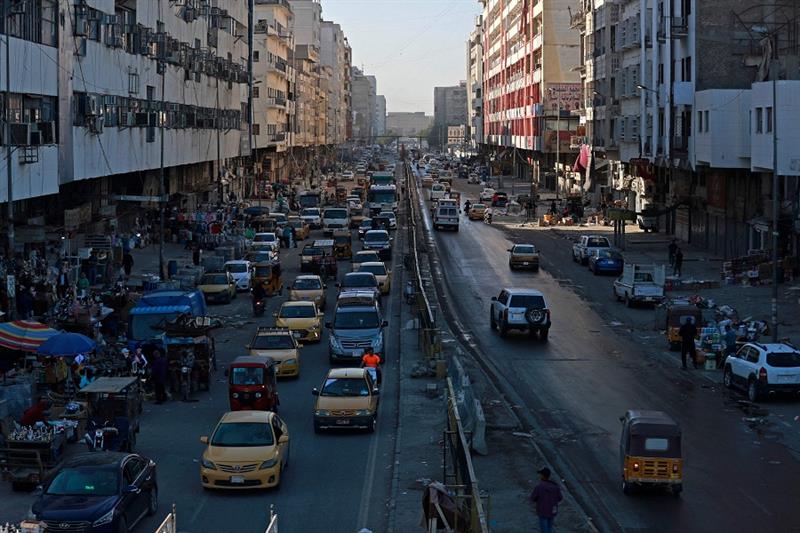
On Monday, Iraq marks 20 years since the start of the US-led invasion that toppled former president Saddam Hussein. The oil-rich country remains traumatised from the years of war, occupation and bloody sectarian turmoil that followed the operation launched on March 20, 2003. Prime Minister Mohamed Shia al-Sudani has not spoken of the US invasion but only of the "fall of the dictatorial regime" of Saddam, who was later caught, tried and executed. The US march to war started under then-president George W. Bush and gained pace in the aftermath of the September 11, 2001 attacks on the United States by Osama bin Laden's militant group Al-Qaeda. Operation Iraqi Freedom was launched with a ground invasion led by 150,000 US and 40,000 British forces, and the "shock and awe" bombing of strategic sites.
Within three weeks, Saddam's regime had fallen, and the invasion forces took control of the capital Baghdad on April 9. The invasion had sparked widespread disorder and looting, chaos deepened by the US decision to disband the Iraqi state, ruling party and military apparatus. By the time US troops left in 2011, the war had claimed the lives of more than 100,000 Iraqi civilians, according to the Iraq Body Count group, while US losses reached nearly 4,500. The bloodshed would eventually give rise to the Islamic State group, whose jihadist "caliphate" brought new horrors across Iraq and Syria before its eventual defeat.
Comments
Related news

After a wave of strikes, garbage is all over the streets of Paris.
Read more
After the Nord Stream explosions, the EU plans to increase maritime patrols.
Read more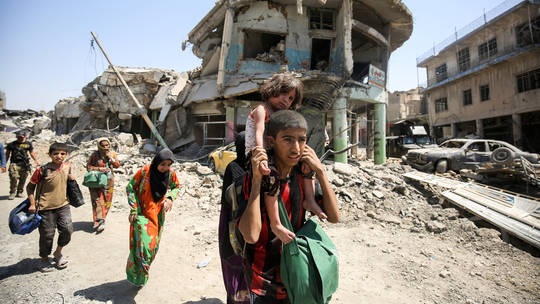
Investigation: Britain lied about their being no civilian casualties in Iraq.
Read more
Second train derails after Ohio chemical leak
Read more
Top US spies are sent to a South American nation
Read more
Latest American school shooting leaves six dead
Read more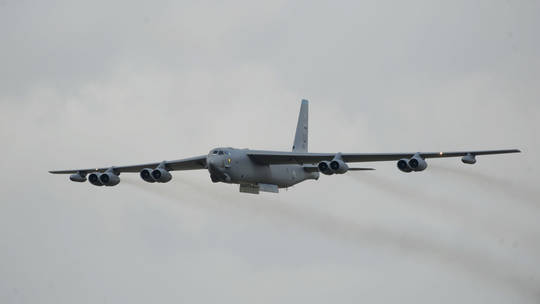
Korea exercises include American nuclear bomber.
Read more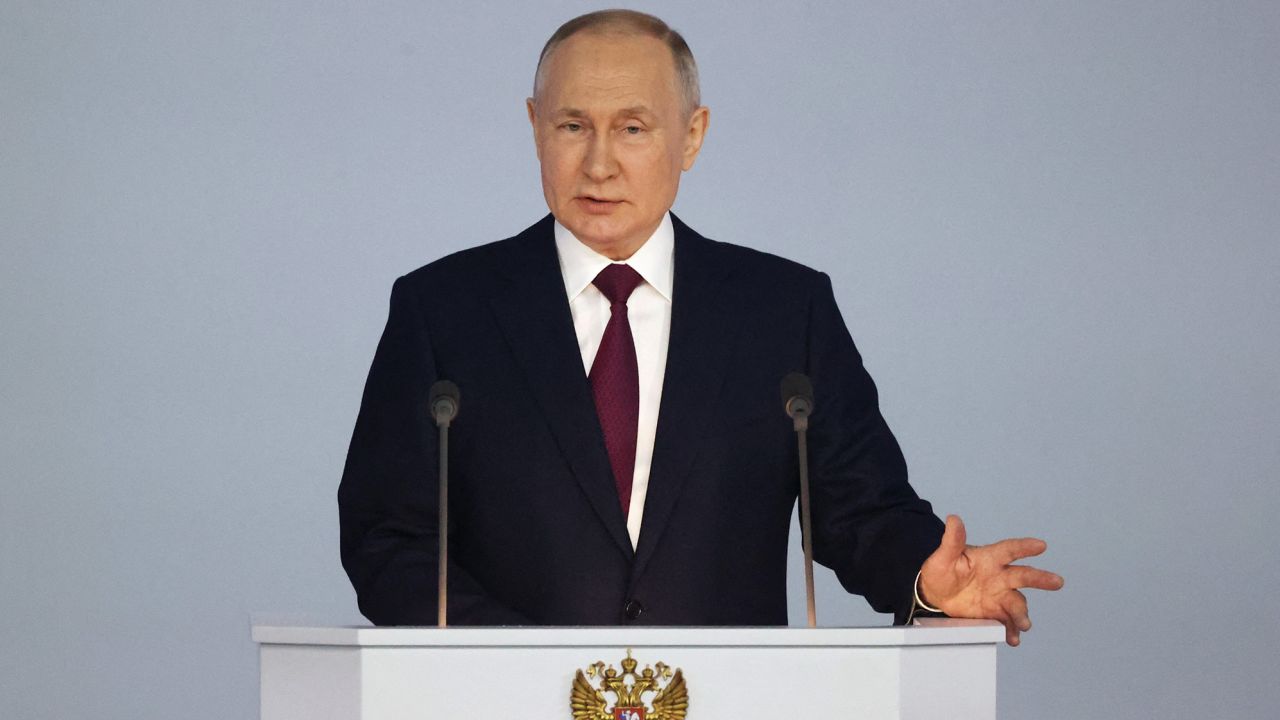
Putin claims that Ukraine attacked its border while Kyiv dismissed Russian "provocation"
Read more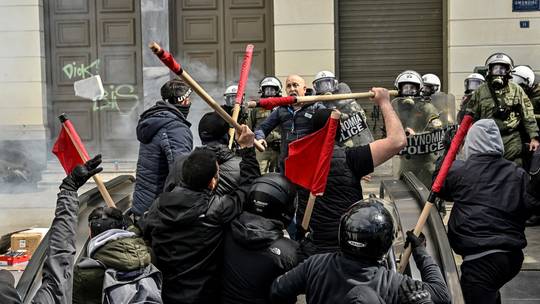
Police brawl with Athens protestors after train-tragedy memorial.
Read more